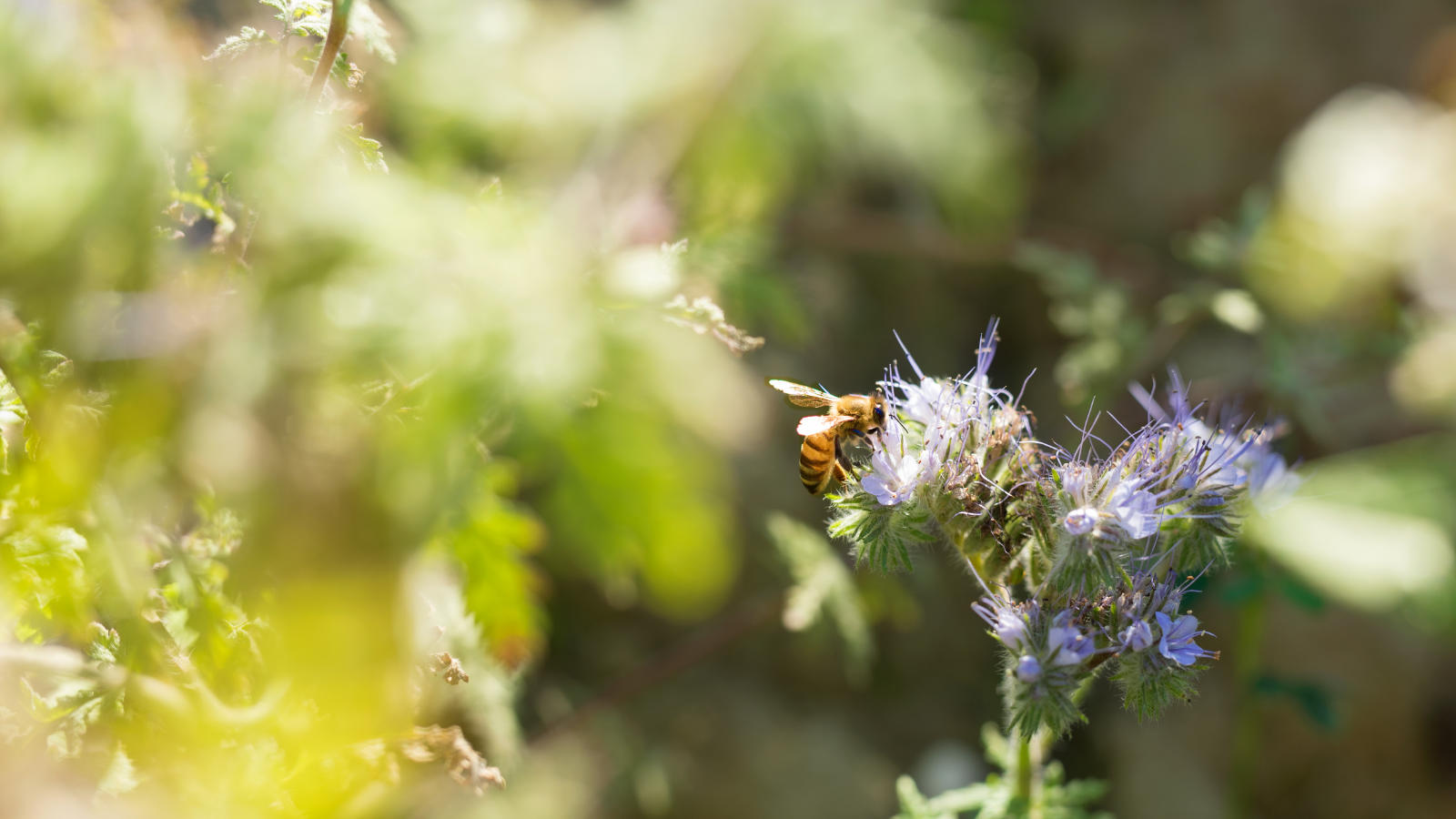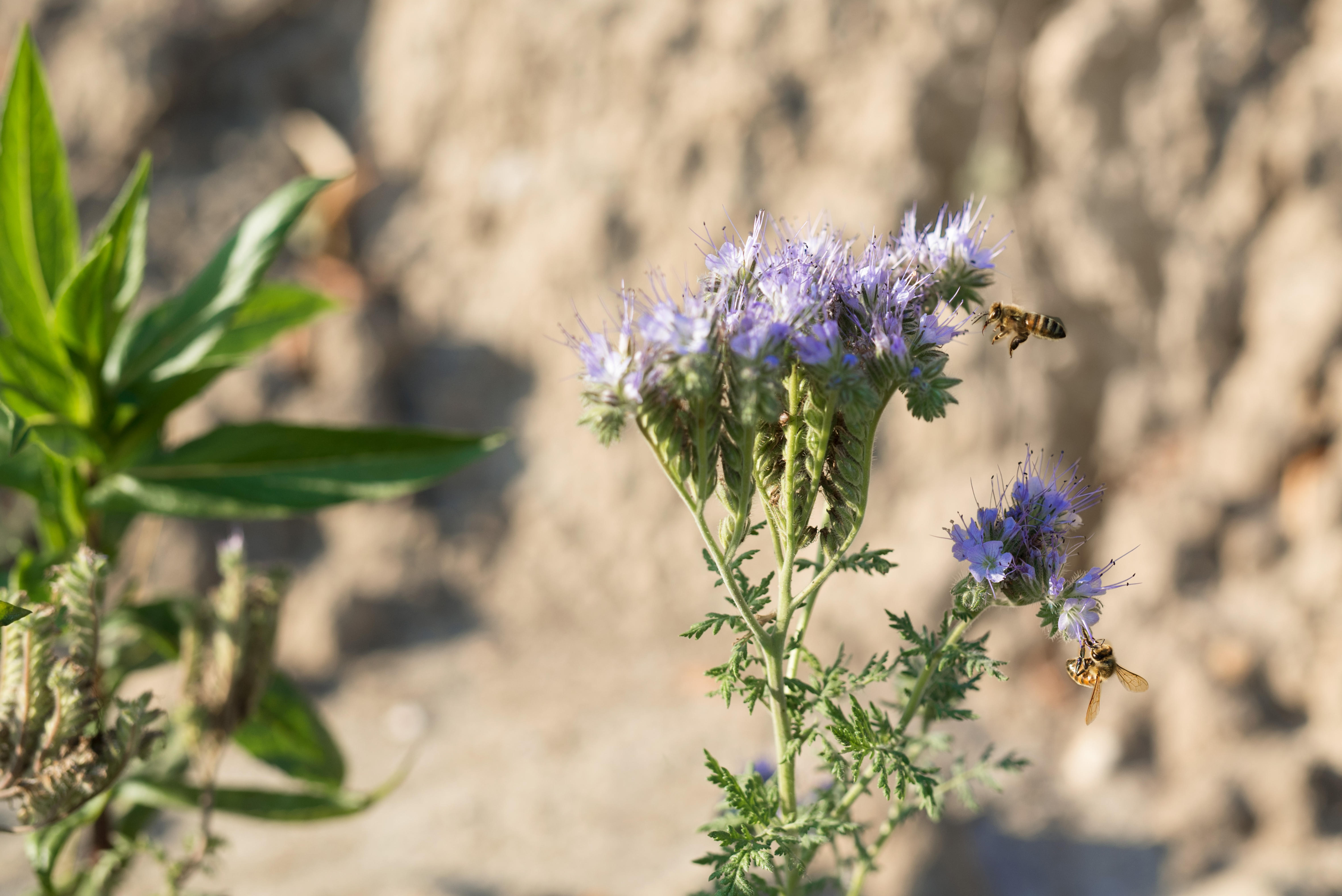Construction projects
A responsible approach to people and the environment.
Construction of a gas pipeline always poses environmental challenges. That’s why we don’t necessarily build our pipelines along the shortest route, but rather the one that makes the most sense for people and the environment. From the first moment of planning, therefore, we bring on board experts in conservation, forestry and agriculture. With environmentally conscious route planning and professional execution of the construction work, we keep our intrusions into nature to a minimum and take into account the needs of residents, conservation sites, plants, animals and property.

As early as the planning stage, we carry out detailed assessments and evaluations of the nature and landscape to gauge the potential impact on the elements that need protecting. These preliminary investigations incorporate a broad section on both sides of a planned route. Taking this as a basis, we develop measures to avoid or reduce any harm and to provide compensation for unavoidable intrusions. All the areas impacted on during the pipeline construction are subsequently re-cultivated – and returned to their original state.
Soil protection and re-cultivatio
Laying a pipeline does involve various kinds of intrusions into and damage to the earth. During pipeline construction, we place great emphasis on a conscientious and professional approach to the precious resource that is the soil.
The measures we take for active soil protection include separate storage of the different soil horizons in accordance with their thicknesses and special storage of the material dug out for the pipeline. The work on and around the route is carried out using vehicles and equipment adapted to the conditions to ensure the earth is not compacted where ground conditions are unfavourable or the soil is delicate. The intensity and depth of any compression can be reduced by decreasing inner tyre pressure and broadening the base surface for the equipment. We therefore use primarily machines with the lowest possible overall mass as well as the lowest possible specific ground pressure. Another important element of active soil protection involves laying adequately sized access roads to minimise the impact on the earth in case of waterlogged areas or inclement weather.
After completion of the actual construction work, the ground is expertly re-cultivated. For this, we use suitable soil loosening equipment. The enduring success of route re-cultivation relies, not least, on follow-up efforts. It therefore makes sense to plant deep-rooted plants immediately.
Re-cultivation of compromised areas
During re-cultivation, the natural environments are recreated in accordance with their original states. Where construction work has previously harmed and/or required the removal of tree stocks, for example, these will subsequently be replanted and managed. To protect the pipeline, just a narrow strip of land is left unforested. Similarly, agricultural land can subsequently be utilised once again following re-cultivation. Any farmers who suffer crop damage or losses in the harvest will be paid compensation.

Species conservation
As part of the procedures for planning permission, conservation reports are produced by experts so that any impact on the existing species groups arising from the pipeline construction can be forecast and evaluated. In case of conflicts, we use these reports as a basis for measures aimed at avoiding or minimising any damage. Compensation measures for unavoidable intrusions form part of this.
Our goal is to keep any harm to a strict minimum, particularly in the case of protected plant and animal species. Part of this involves newly created habitats for any strictly and specially protected animal species to escape to if their reproduction and resting sites are affected by the planned construction measures. These might involve installing nesting boxes for bats or relocating wood ants or lizards, for example, in order to secure the ecological function for their reproduction or rest sites throughout the construction work and during the period of surface regeneration. This way, we ensure that the construction work will not harm the richness of either the animal or plant life. We make sure we redress all the intrusions into nature and the landscape made during construction work.
One such compensation measure, for example, is species protection in open fields. Here, various mixtures of wild plant seeds are spread across larger areas rather than the usual cultivated strips. This diverse offering of flowering plants creates a new habitat for numerous insects, which in turn form a food source for many other native species. Similarly, these areas offer alternative habitats for ground-nesting birds, for example, and provide an ideal habitat for many other species too. These sorts of concepts are an important element for the protection of biodiversity in open countryside. Good for conservation and good for local agriculture.



